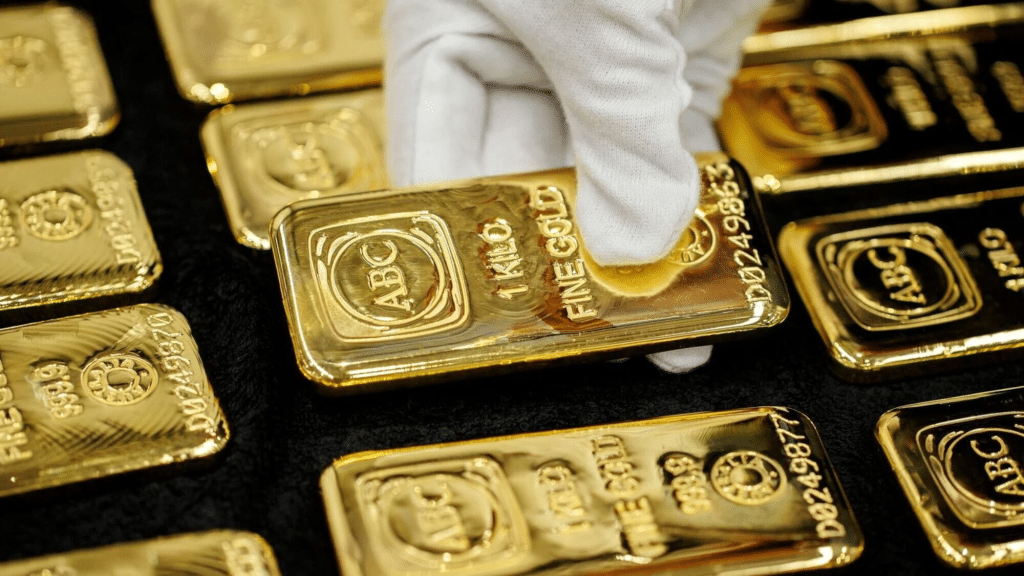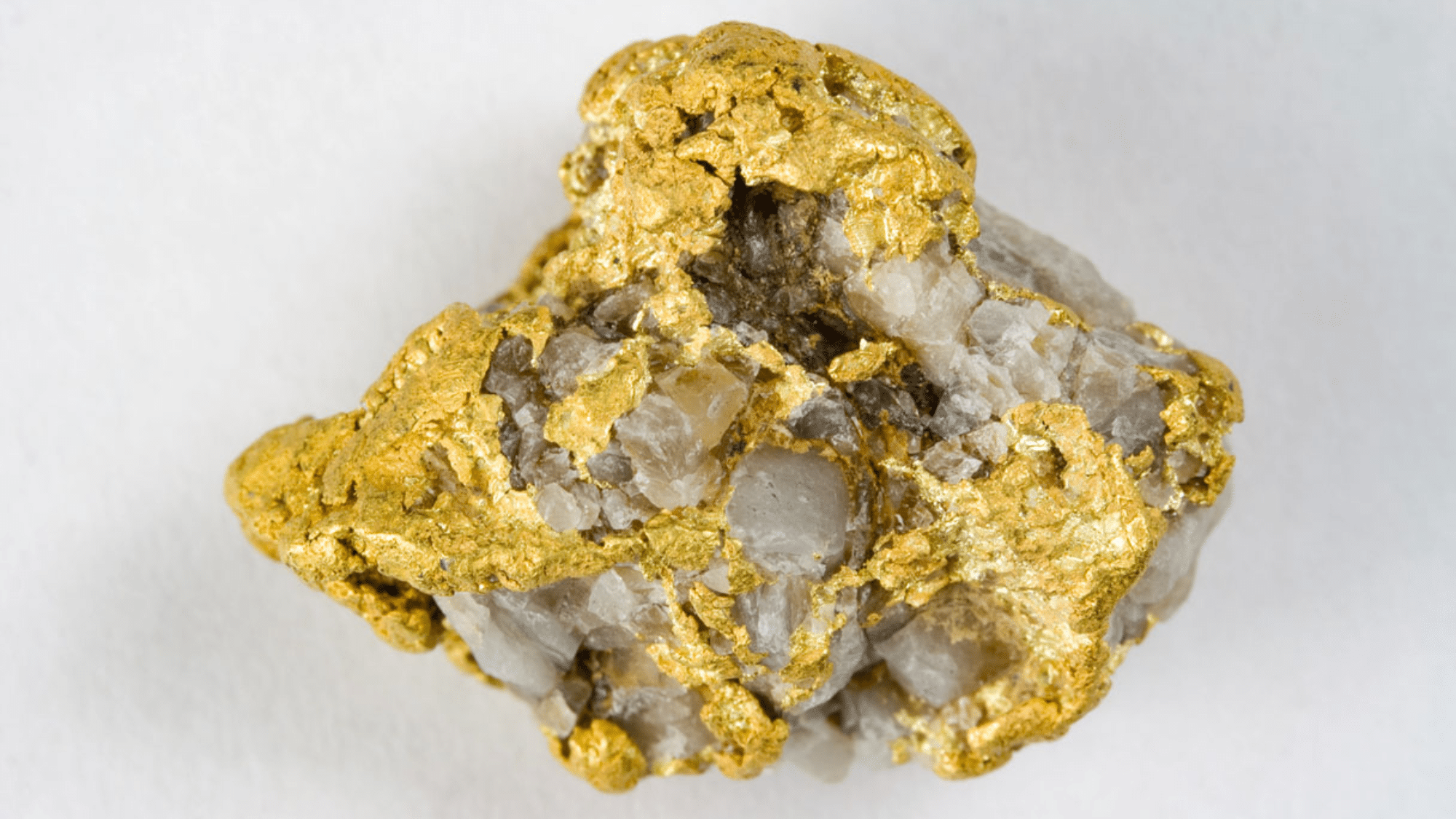Gold has charmed humanity for thousands of years, from ancient civilizations to modern economies.
This precious metal is more than just a symbol of wealth; it’s a marvel of nature with unique properties that set it apart from all other elements.
If you are a jewellery lover, history buff, or simply curious about the world around you, these surprising facts about gold will change how you see this timeless treasure.
Gold in History & Culture
From sacred temples to sunken ships, gold shaped myths, kingdoms, and human ambition across time.
1. Gold was used as currency for over 2,500 years: The first pure gold coins were minted in Lydia (modern-day Turkey) around 560 BCE and quickly spread throughout the ancient world.
2. Ancient Egyptians believed gold was the flesh of gods: In Egyptian mythology, gold was considered divine and eternal, often associated with the sun god Ra.
3. Pirates didn’t always chase gold coins: Instead of just gold coins, pirates also hunted gold jewelry and artifacts, which were easier to trade or melt down.
4. The Incas called gold “Sweat of the Sun.” To the Inca civilization, gold was sacred and not just a form of wealth but a symbol of divine power.
5. Gold rushes changed the world map: Events like the California Gold Rush in 1849 sparked mass migration and rapid city development worldwide.
6. Olympic gold medals aren’t solid gold: Since 1912, Olympic “gold” medals have been made mostly of silver with just a thin gold coating.
7. The Vatican’s ceilings are gilded with gold leaf: Many of the ornate ceilings in the Vatican are decorated with thin sheets of real gold leaf applied by hand.
8. Alchemists were obsessed with turning metals into gold: The ancient practice of alchemy revolved around finding the mythical Philosopher’s Stone to turn base metals into gold.
9. Indian households hold more gold than most countries
Private citizens in India collectively own over 25,000 tonnes of gold—more than the reserves of most central banks.
10. The Nobel prize medals were once made of real gold: Up until 1980, Nobel Prize medals were struck from 23-karat gold. Now, they’re mostly gold-plated.
11. Gold was found in human teeth from ancient skulls: Gold dental work existed as early as 600 BCE, used by the Etruscans in Italy.
Gold in Nature & Science
Beyond wealth, gold is a cosmic element woven into the Earth and our bodies.
12. Gold came from exploding stars: Most gold on Earth originated from supernovae and neutron star collisions billions of years ago.
13. Earth’s core may be full of gold: Scientists estimate there’s enough gold in the Earth’s core to cover the planet’s surface knee-deep.
14. Oceans contain trillions of dollars’ worth of gold: There are trace amounts of gold in seawater, but it’s too diluted to extract profitably, so far.
15. Gold is edible (in small amounts): Gold is biologically inert, meaning it can pass through your digestive system without harm. It’s used in fancy desserts.
16. You can beat gold into atomic thinness: Gold is so malleable that one gram can be hammered into a sheet covering nearly one square meter.
17. Gold is a great conductor: It doesn’t tarnish and conducts electricity efficiently, making it essential in space tech and electronics.
18. Gold is chemically untouchable: It doesn’t rust, oxidize, or corrode, which is why ancient gold artifacts are often discovered in pristine condition.
19. Some plants absorb gold from soil: Certain eucalyptus trees absorb microscopic gold particles through their roots, helping geologists find gold deposits.
20. Gold mirrors infrared radiation: It’s used to coat astronauts’ visors and satellites to show heat and protect against solar radiation.
21. Your body contains traces of gold: An average human body has about 0.2 milligrams of gold, mostly in the blood.
22. Meteorites have delivered gold to Earth: Some of Earth’s gold likely arrived via meteorites during the planet’s early formation.
Gold in Modern Use & Odd Facts
Gold keeps finding new roles, some practical, others eccentric, all unforgettable.
23. Gold ATMs exist: You can withdraw gold bars or coins from vending-style ATMs in countries like the UAE, Germany, and Singapore.
24. Gold is used in cancer treatments: Gold nanoparticles can be used in experimental therapies to target and kill cancer cells with minimal damage to healthy tissue.
25. Some windows are coated with gold: Gold-coated windows show sunlight, helping buildings stay cool and energy-efficient.
26. Gold is used in high-end skincare: Luxury cosmetics sometimes include gold flakes, believed to reduce wrinkles and improve radiance.
27. There’s a gold toilet worth millions: A fully functional toilet made of 18-karat gold, titled America, was created by Italian artist Maurizio Cattelan.
28. Gold is used in Jet engines: Gold’s heat-resistant properties make it useful in some parts of jet and rocket engines.
29. Smartphones contain gold: Your phone has about 0.034 grams of gold, multiplied by billions, which adds up to significant global reserves.
30. Fort Knox holds 147 million ounces of gold: The U.S. Bullion Depository in Fort Knox houses one of the world’s largest official gold reserves.
31. Gold has been used as a love potion: In medieval Europe, gold dust was sometimes mixed into drinks as part of romantic or magical rituals.
32. The World’s largest gold bar weighs 250 kg: Housed in Japan, it’s worth over $17 million and is on public display.
33. Gold can be stretched into wire miles long: One ounce of gold can be drawn into a wire over 50 miles (80 kilometers) long without breaking.
Final Thoughts
From its cosmic origins in dying stars to its countless uses in technology, medicine, and art, gold continues to amaze us with its versatility and enduring value.
Though rare, this extraordinary metal has shaped human history and remains just as relevant today as it was thousands of years ago.
The next time you admire a gold necklace or use a smartphone, remember, you are connecting with one of Earth’s most remarkable elements.





















